Do you need nutrients after repotting a indoor plants? This question sits at the heart of every plant lover’s care routine.
Imagine giving your pothos a fresh new pot, freeing its roots to grow, and filling it with fresh soil, only to watch its leaves turn yellow days later.
The surprising truth? Most new soils offer only minimal nutrients, enough for a short burst but not for lasting growth.
Repotting resets your plant’s environment, meaning the roots must rebuild, and they urgently need nutrient support to thrive.
Read on to discover do you need nutrients after repotting a indoor plants or not!
Do You Need Nutrients After Repotting A Indoor Plants? Real Facts!
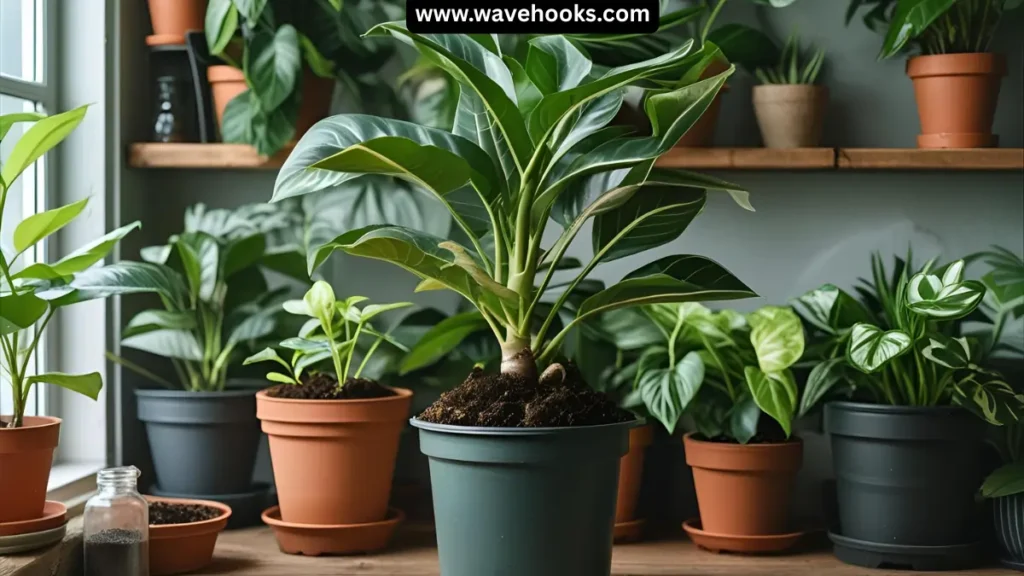
In almost all cases, yes. But the secret isn’t just adding nutrients, it’s when, what kind, and how much.
Soil Type:
-
- Standard potting mixes may claim to be “pre-fertilized,” but the boost is mild and often depleted in 2–4 weeks.
- DIY or specialty mixes like coco coir and perlite? They start with almost no nutrients.
- Moral: Don’t trust “fresh” soil to feed your plant for long.
Plant Personality:
-
-
- Fast-growers (pothos, monstera, peace lily) crave a gentle nutrient boost soon after settling in a new pot.
- Cacti and succulents? Hold the fertilizer, let them rest.
-
The Repotting Shock:
-
- Immediately after repotting, roots are tender and adjusting. Dumping strong fertilizer risks burning those delicate tips, halting growth, and causing root damage.
Suggested Read: Why Is My Snake Plant Drooping? Don’t Ignore These Red Flags!
Your Post-Repotting Feeding Plan
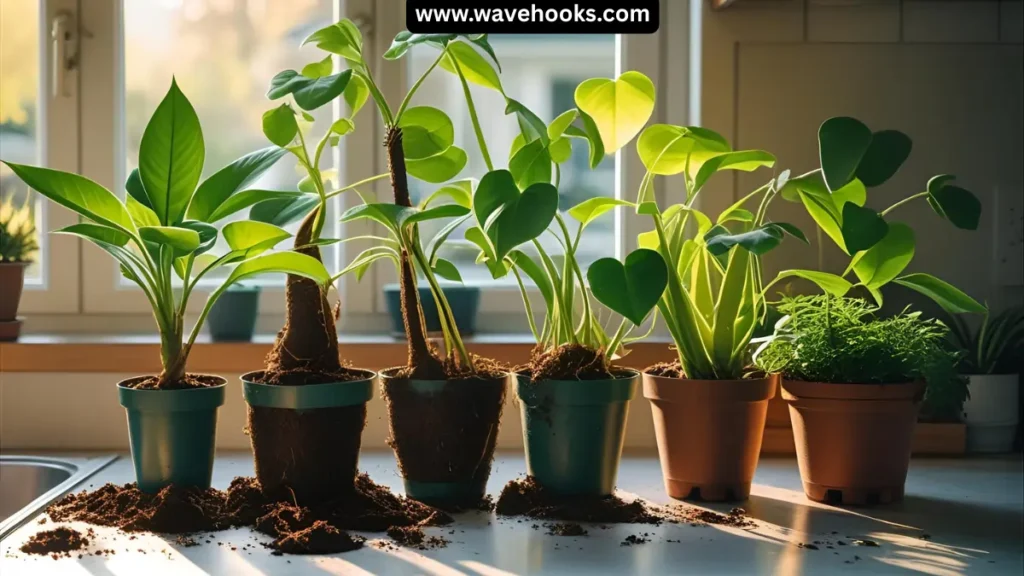
Do you need nutrients after repotting a indoor plants? Here’s how to do it safely and effectively:
1. Week 1–2: Recovery Zone
- No fertilizers yet, let your plant settle.
- Focus on stable light, humidity, and watering.
2. Week 3–4: Gentle Feeding
- Begin with a diluted liquid fertilizer (¼ to ½ strength).
- Use balanced NPK formulas (like 10-10-10).
- Feed every 10–14 days during active growth.
3. Month 2+ : Routine Returns
- Resume standard feeding.
- Consider slow-release or organic fertilizers.
- Watch closely for signs of deficiency or excess.
Pro Tip: Never fertilize during winter dormancy unless your plant is actively growing under grow lights.
What Happens If You Skip Nutrients After Repotting?
You might think skipping nutrients will “protect” your plant from overload. But here’s what can happen if you avoid feeding altogether after repotting:

Signs Your Plant Is Starving:
- Faded or yellowing leaves
- Slowed or no new growth
- Weak stems
- Leaf drop
- Roots growing sluggishly
Nutrient deficiency creeps in silently. And once the symptoms show, recovery is slower and more stressful for the plant.
Suggested Read: Indoor Evergreen House Plants: 30 Stunning Picks You’ll Love!
do you need nutrients after repotting a indoor plants: Common Myths
Myth 1: New Soil Has Everything My Plant Needs
Truth: Most pre-fertilized soils are buffered with minimal nutrients to avoid burning roots. They’re not meant to sustain long-term health.
Myth 2: Fertilizing After Repotting Will Harm the Plant
Truth: It can, if done too early or in excess. But when timed right, nutrients encourage root reestablishment and new growth.
Myth 3: Organic Soil Doesn’t Need Feeding
Truth: Organic mixes can improve microbial life and structure, but they still deplete over time and need external nutrients for balance.
A Proven Post-Repotting Care Routine (Checklist)
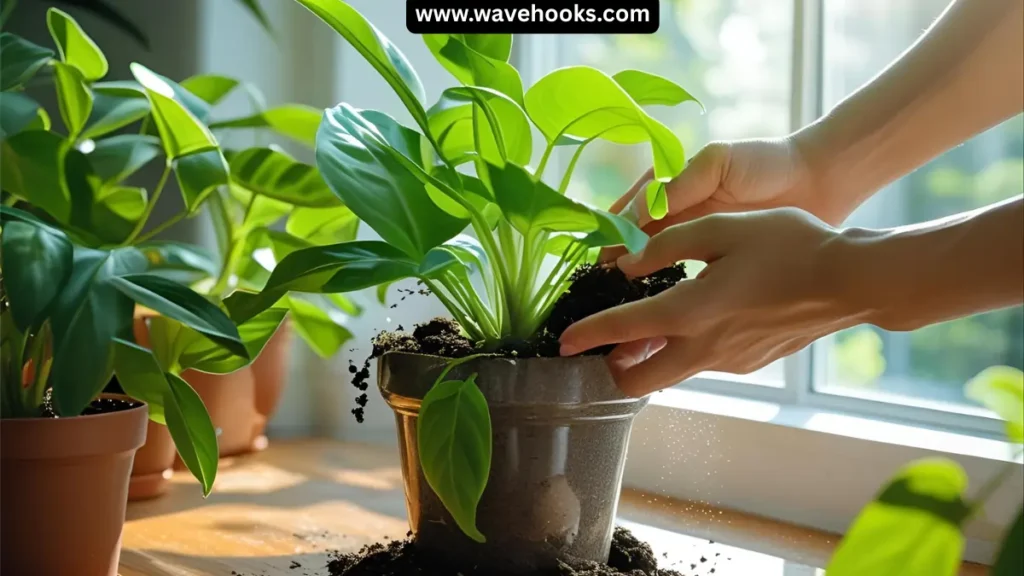
Here’s the exact process I now follow with every repotting:
- Choose a nutrient-holding soil blend
- Water thoroughly after potting
- Place in bright, indirect light
- Avoid feeding for 2 weeks
- Start with diluted nutrients (liquid or organic tea)
- Watch for leaf color and stem strength
- Add mulch or compost around the top layer after a month.
Suggested Read: 15 Best Indoor Plants For Asthma And Allergies: Try Now!
Do you need nutrients after repotting a indoor plants(Nutrients You can try)
I once thought giving my plant a strong dose of fertilizer right after repotting was a power move.
Spoiler: it wasn’t. The leaves yellowed, roots weakened, and within days, I had a droopy mess on my hands.
That’s when I learned, plants need gentle recovery, not power boosters.
Suggested Read: Do House Plants Attract Bugs? The Surprising Truth Revealed!
Here are the Safest nutrients for your repotted plants
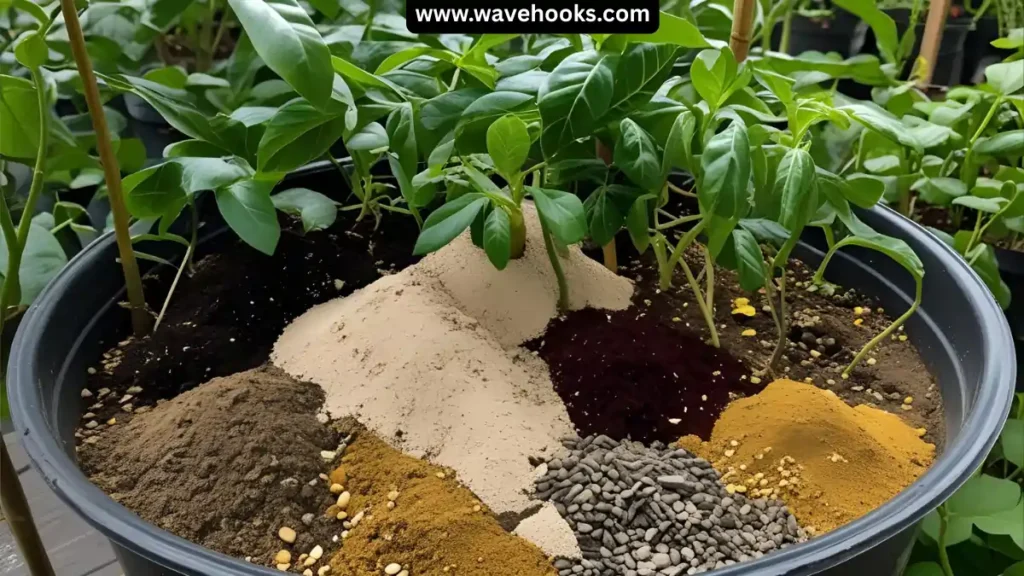
1. Compost Tea
Think of it as plant comfort food. Mild, organic, and full of beneficial microbes. Use it 2–3 weeks post-repotting to support root recovery and soil health.
2. Worm Castings
Earthworm waste may sound gross, but it’s pure gold for plants. It’s slow-releasing, root-safe, and ideal for gently nourishing soil. Sprinkle lightly into the topsoil once your plant shows signs of new growth.
3. Liquid Kelp or Seaweed Extract
Acts like a plant stress-reliever. It helps roots grow stronger and boosts immunity. Use a diluted dose weekly as a foliar spray or in water, perfect for sensitive houseplants.
4. Fish Emulsion (Later Use)
Rich in nitrogen and great for leaf growth, but wait at least 4 weeks post-repotting. It’s strong, and too soon can harm fragile roots. Also, it can smell, so use it with ventilation.
5. Slow-Release Organic Pellets
Great for those who forget feeding schedules. Add these 3–4 weeks after repotting, once your plant is stable. Choose a balanced formula and use sparingly.
6. DIY Options (Use Caution)
Banana water, rice water, eggshells, trending but tricky. These can cause mold or attract pests if not used properly. Best saved for later, when your plant is fully stable.
In short: Yes, nutrients help, but only when timed right. After repotting, let your plant rest. Then introduce gentle feeds gradually, observing how it responds. Trust me, it’s worth the patience.
Do you need nutrients after repotting a indoor plants? Mistakes to Avoid
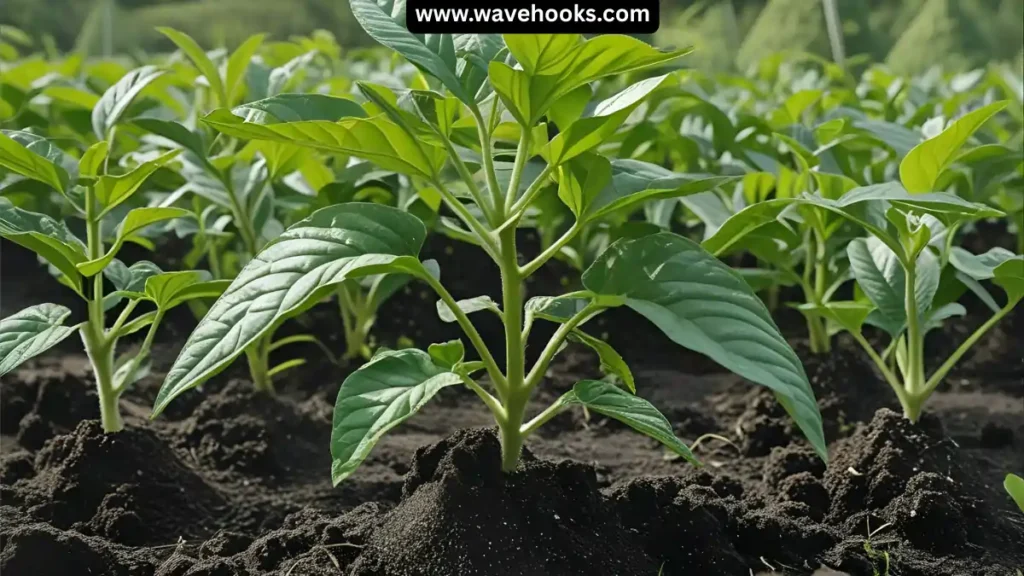
- Overwatering the new soil
- Adding strong fertilizer too early
- Using the wrong pot size (too big or too small)
- Keeping the plant in direct sunlight right after repotting
- Ignoring signs of stress, thinking it’s just “adjusting”
Your plant doesn’t just need a new home; it needs a recovery plan.
Suggested Read: Benefits Of Having Snakeplant In Kitchen: 10 Lucky Signs!
Real-Life Example: A Rescue in Progress
Last year, I rescued a root-bound rubber plant from a friend. We repotted it together, but they insisted, “Let’s not feed it, it’s too fragile.”
By the third week, the leaves had dulled. I introduced a mild compost tea. Two weeks later, new glossy leaves began unfurling.
The lesson? Nutrients are like vitamins post-surgery; they don’t speed up healing, but they support it.
Conclusion: do you need nutrients after repotting a indoor plants
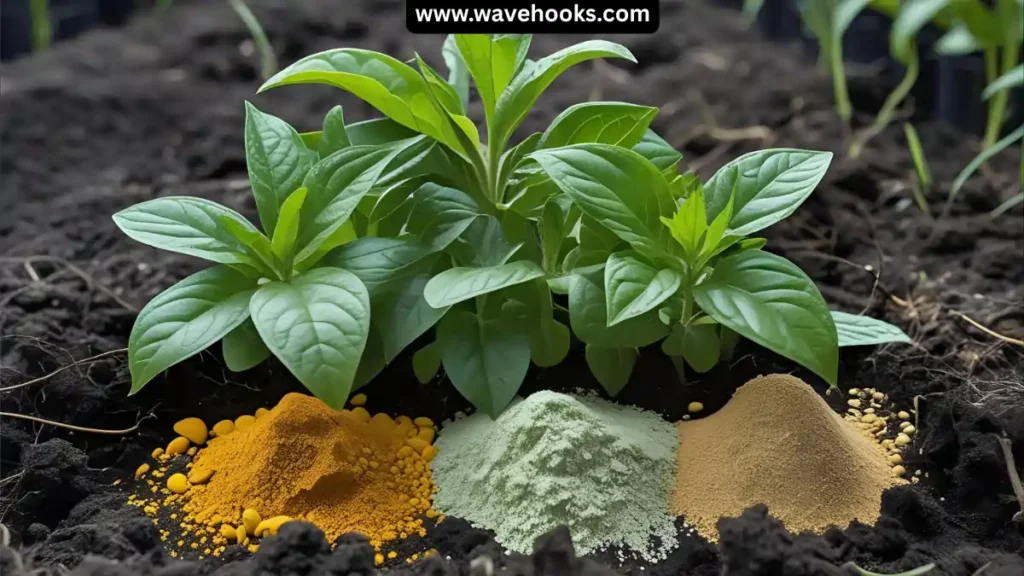
As the saying goes, “Even the strongest roots need stillness before they grow wild again.”
Your indoor plant’s future growth depends on how gently you guide it poss repotting.
Yes, nutrients are essential, but not immediately. Let the roots settle, observe the signs, and then nourish with care.
The right food at the right time transforms recovery into resilience.
When in doubt, remember: feeding is not rushing, it’s responding.
Suggested Read: 40+ Rare Types Of Snake Plants That Wow Instantly!
do you need nutrients after repotting a indoor plants: Frequently Asked Questions

Q: Can I fertilize immediately after repotting?
Ideally, no. Repotting stresses the roots, and adding fertilizer right away can make things worse. It’s best to wait at least 2 weeks, allowing roots to settle. If you must feed, stick to extremely diluted compost teas or kelp water, but only if the plant looks like it’s bouncing back.
Q: What’s the safest fertilizer after repotting?
Think gently. Compost tea or ¼-strength liquid organic fertilizer are top choices. These feed the soil without shocking the roots. Avoid anything synthetic or fast-acting early on; it’s like giving caffeine to someone recovering from surgery.
Q: Should I feed succulents after repotting?
Succulents are tough, but also sensitive when it comes to moisture and nutrients. Wait 3–4 weeks, then use a cactus-specific, low-nitrogen fertilizer. Succulents thrive on neglect more than over-care.
Q: How often should I feed after repotting?
Once your plant shows signs of new growth, you can feed it every 2–3 weeks during spring and summer. In fall or winter, cut back completely or feed just once every 6–8 weeks, depending on the plant’s behavior.
Q: What if I used a soil that says ‘feeds up to 6 months’?
That label refers to slow-release nutrients, which release gradually over time. Still, keep an eye on your plant. If you notice pale leaves or slowed growth, a light dose of compost tea or diluted organic feed won’t hurt. Think of it as a check-in, not a routine.

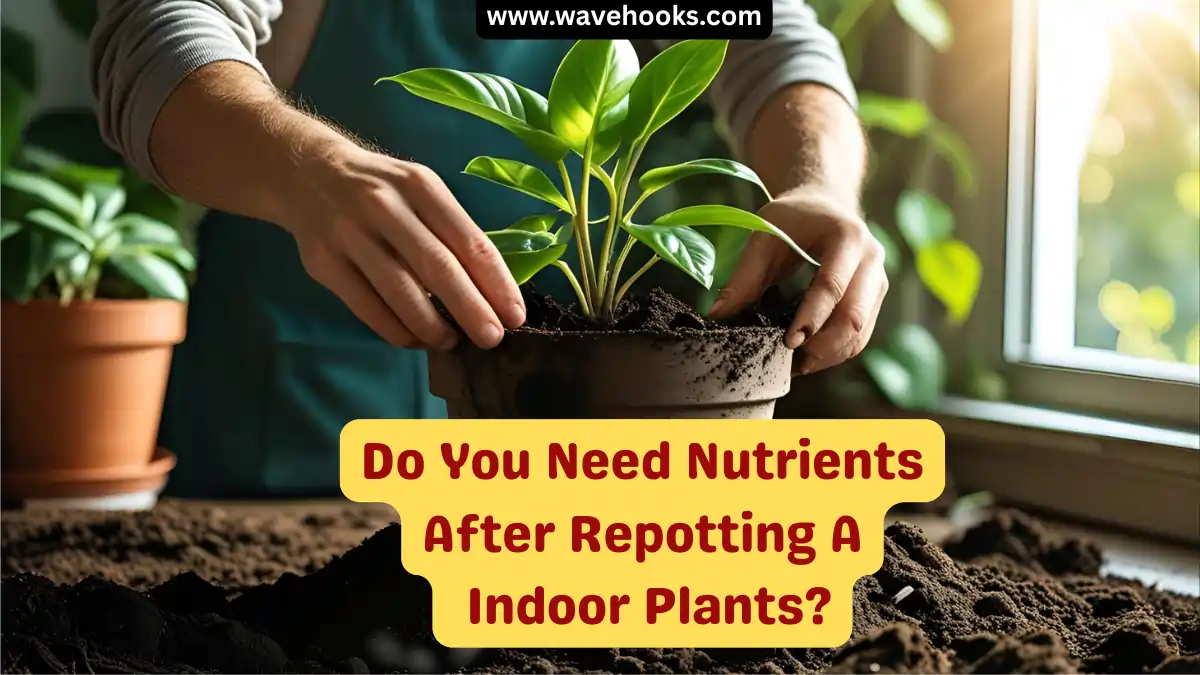


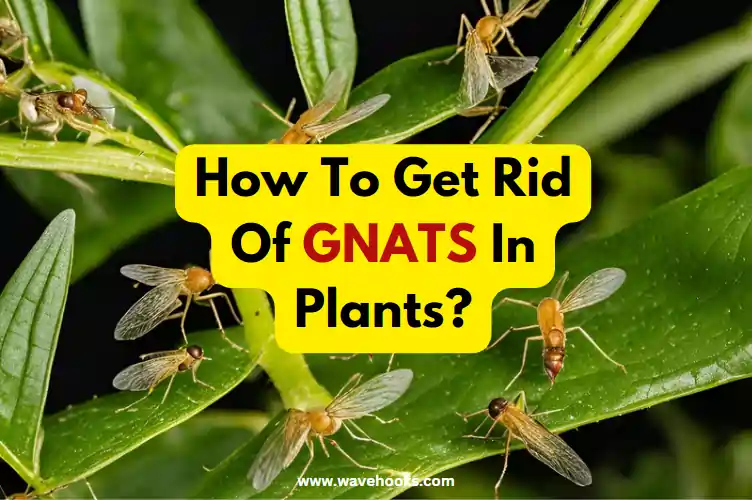


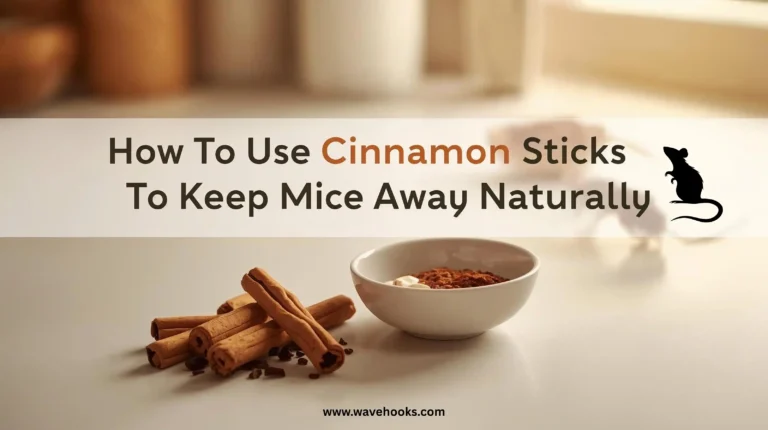
One Comment
Comments are closed.